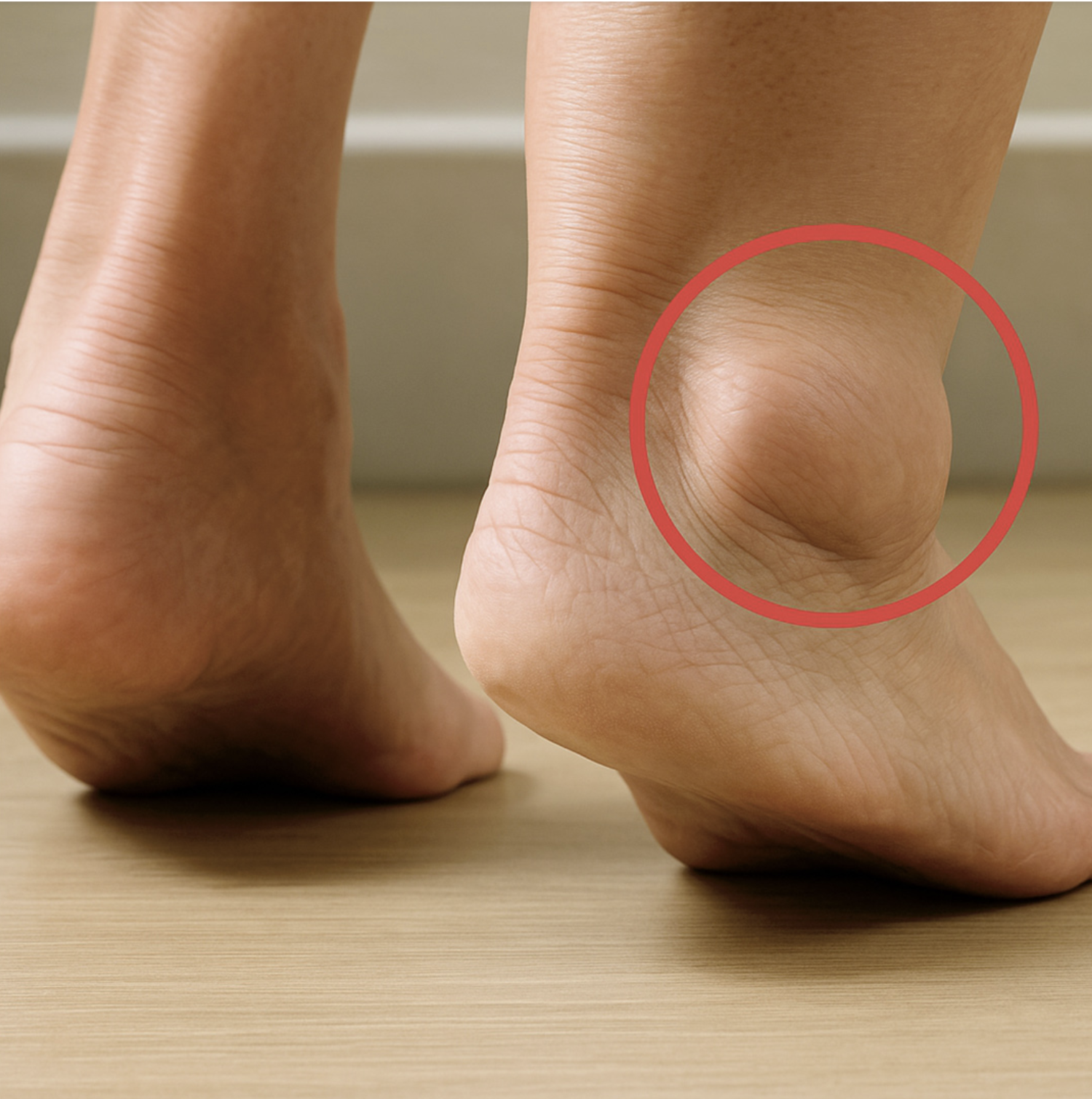-
Cold for quick relief

Applying an ice pack wrapped in a cloth to your feet for 15 to 20 minutes can help reduce inflammation and soothe the feeling of heaviness. It’s an ideal solution after a hot day or prolonged standing.
-
Elevate your legs: a simple and effective reflex

Lie down and place your legs against a wall or on a cushion so that they are higher than your heart. This action promotes venous return and naturally reduces swelling.
-
Relaxing foot bath: your relaxation ally

A warm foot bath, alone or with Epsom salt, helps release tension, boost circulation , and eliminate toxins. Warm water dilates blood vessels; salt facilitates the evacuation of retained fluids.
Bonus tip: A few drops of lavender essential oil will enhance the calming effect.
-
Alternating hot and cold to stimulate circulation
Prepare two basins: one with hot water, one with cold water. Soak your feet for 3 to 5 minutes in the hot water, then 30 to 60 seconds in the cold water. Repeat for about 15 to 20 minutes. This contrast stimulates microcirculation and reduces fluid stagnation.
-
A targeted vitamin cure can help

A deficiency in magnesium, vitamin E, or omega-3 can worsen water retention. These nutrients play a role in circulation and vascular permeability. Before taking any supplements, consult your doctor or pharmacist.
-
Self-massage with essential oils: a well-being ritual

Massage your feet with a vegetable oil (sweet almond, coconut, etc.) mixed with a few drops of peppermint or cypress essential oil. Work your way up from your toes to your calves in a circular motion. This stimulates circulation and relieves tension.
-
Lighten your plate

Cut down on high-salt foods, processed foods, alcohol, and caffeine, which promote water retention. Instead, focus on foods rich in fiber, water (cucumber, watermelon), and potassium (bananas, spinach) to support your circulatory system.
-
Draining herbal teas: simple and effective
Infusions such as cherry stem , parsley or dandelion have mild diuretic properties. They facilitate the elimination of excess fluids and can reduce feelings of bloating.
-
The choice of shoes matters
Avoid high heels, stiff shoes, or shoes that are too tight. Choose comfortable, flexible, and well-ventilated shoes. If your feet swell frequently, choosing a slightly larger size may improve your comfort.
-
Consult if symptoms persist

If, despite all these methods, your feet remain swollen for several days, or are accompanied by redness, pain or fever, it is essential to consult a health professional . This may indicate a circulatory, lymphatic or renal problem that should not be neglected.
In summary
Swollen feet shouldn’t be ignored, but they don’t have to be. With simple steps, a balanced diet, and a few natural remedies, you can quickly relieve this unpleasant sensation. Tonight, why not try a foot bath or a self-massage? Your body will thank you.
